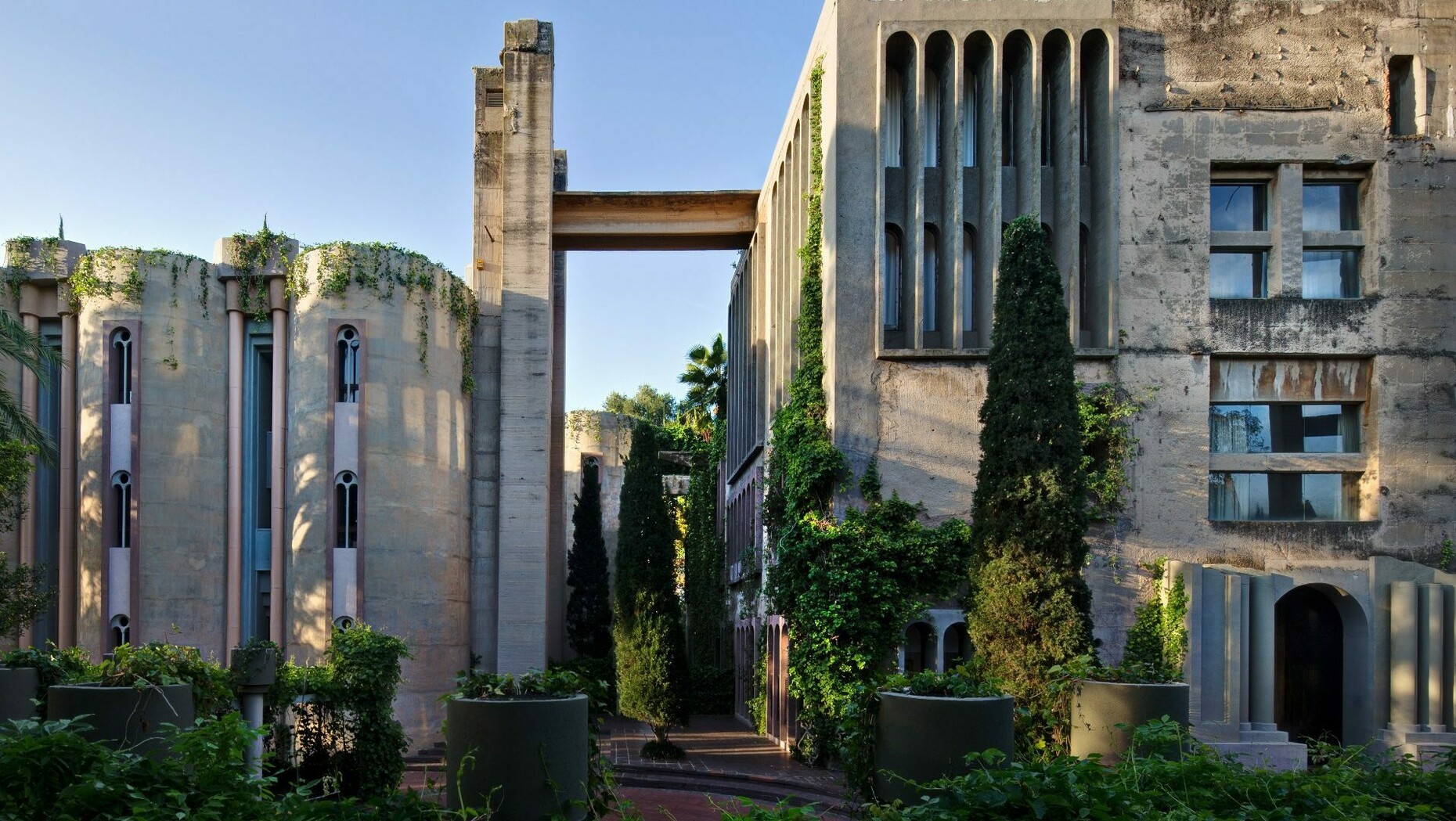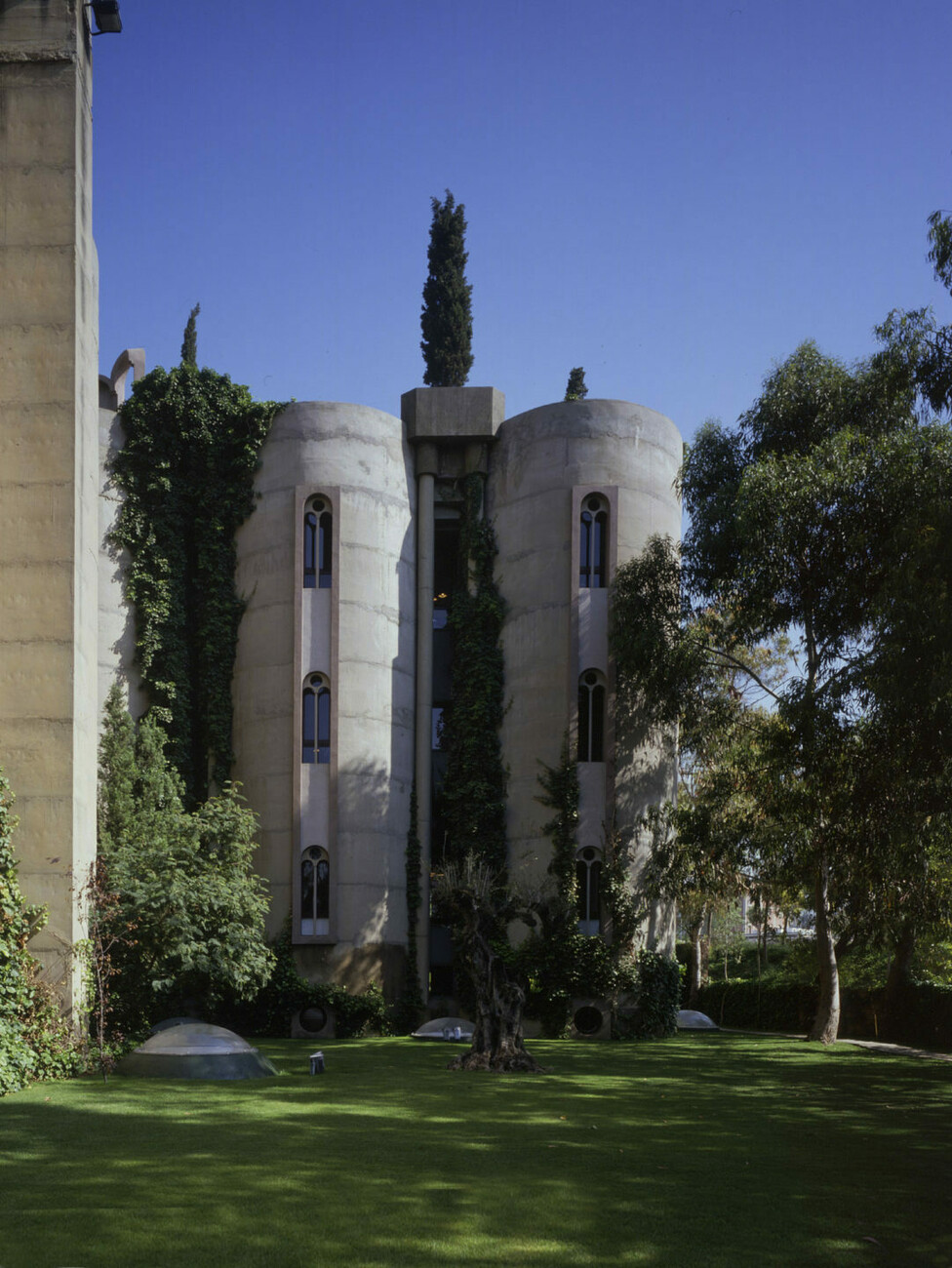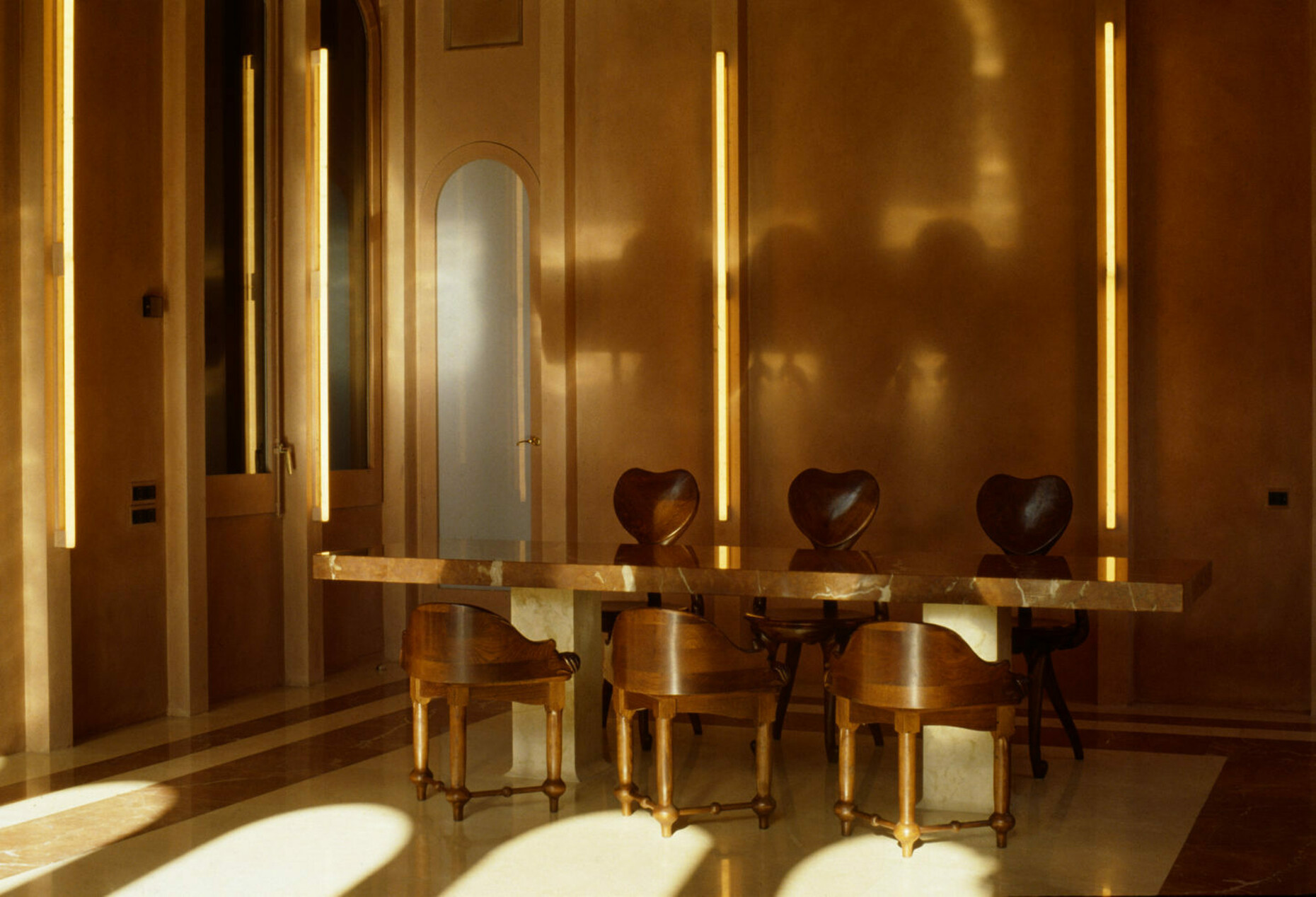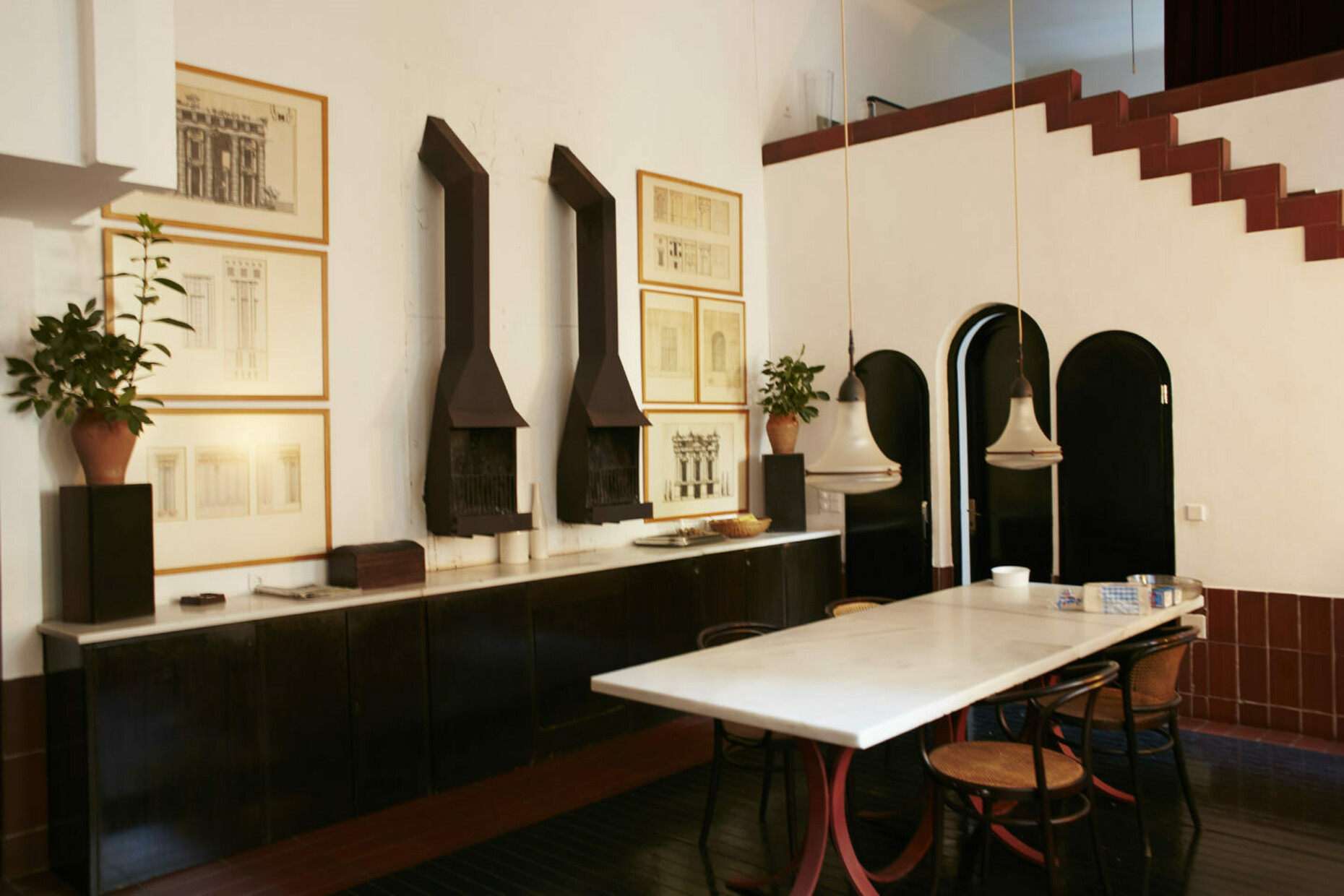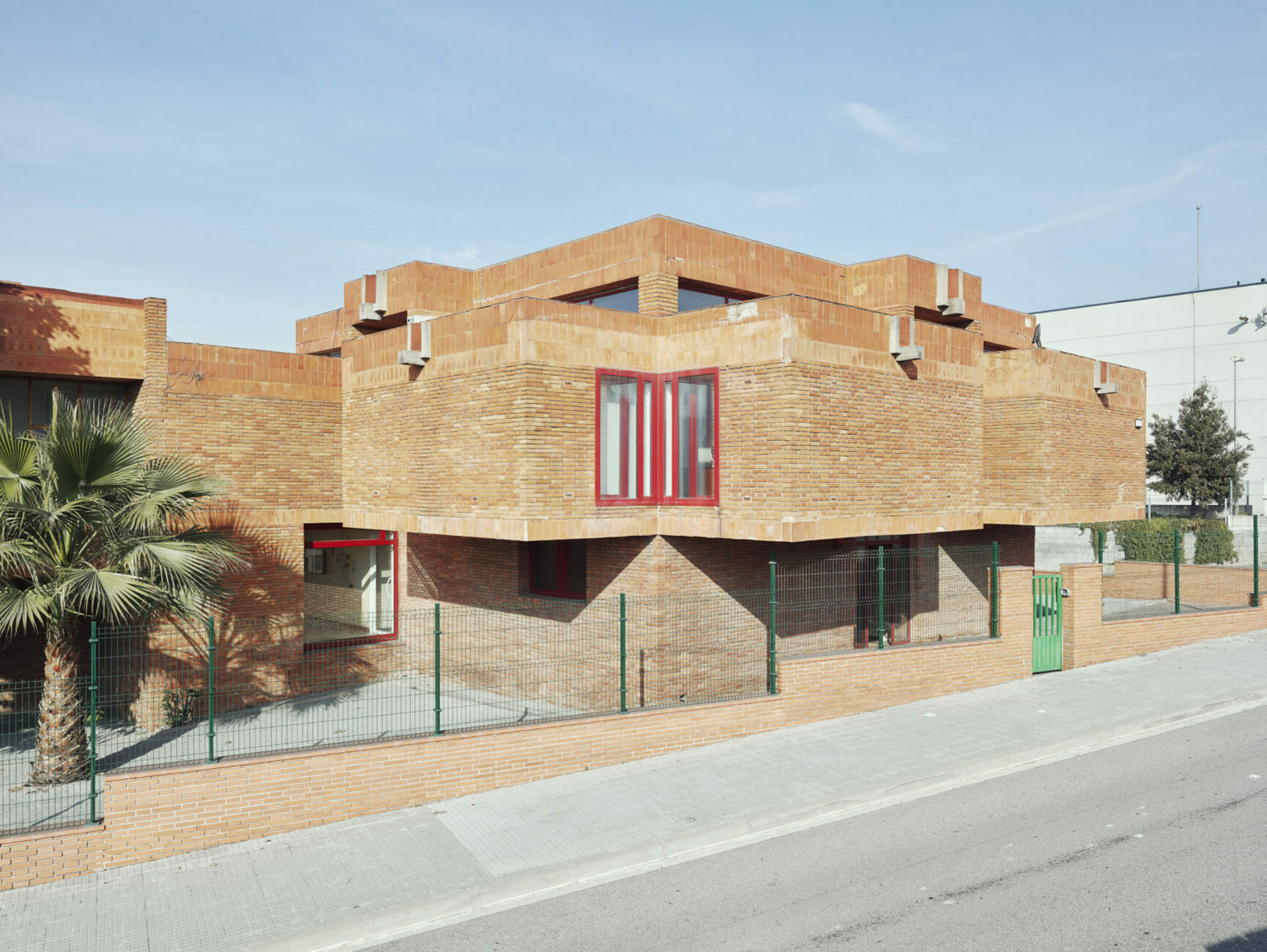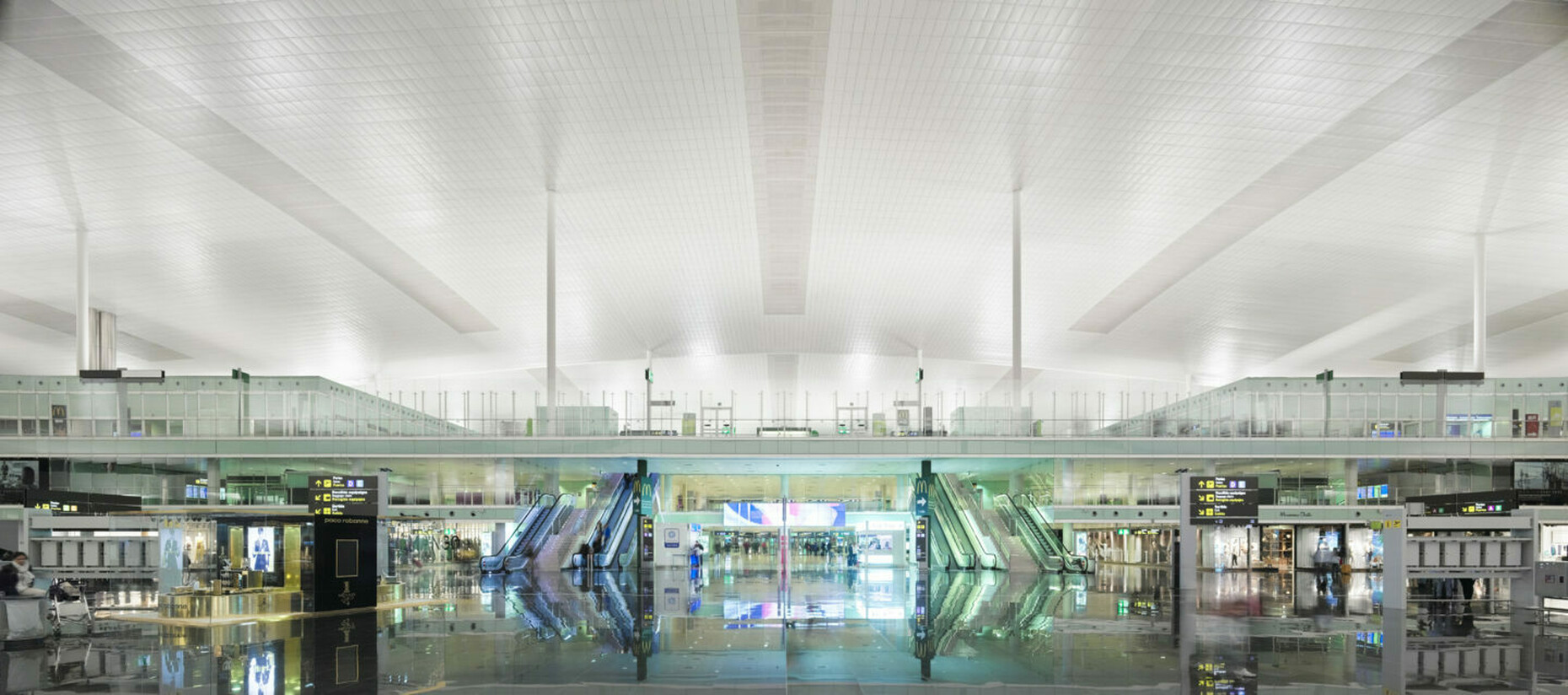Obituary
The Sculptor's Architecture
Ricardo Bofill was a collector: he gathered architectural elements, both out of the historical architecture of his native Catalonia and from his travels to the oldest cities in the world – across Africa, Asia and Europe. His visionary works are attributed to postmodernism, but thanks to the wide range of architectural styles that inspired him, his œuvre transcends any categorisation. Instead of submitting to a trend, he created buildings that were always ahead of their time. He invented labyrinthine structures and imposing interlocking structures that seem surreal and rational alike. Bofill achieved this by referring to the places where his architecture was created. Provided organically shaped spaces that are accessible on a spiritual level beyond their function. Like a city within a city, many of his over 1000 works offer flexible modules for social togetherness as well as social integration. Thanks to numerous terraces, courtyards and windows, the boundaries between inside and outside become fluid. The compositions are not subordinated to a procedure, but serve the search for individual and idealistically conceived solutions. Palaces for the community, like the social housing "Walden 7" in the periphery of Barcelona or the apartment complex "La Muralla Roja" in Manzanera, Spain. He even knew how to integrate prefabricated components into his projects, such as for the apartment buildings "Les Arcades & les Temples du Lac" near Paris. With dynamic forms and a strong sense of colour, he set a fascinating alternative against the modular buildings. Its immense dimensions and staged exaggerations sometimes appear dystopian, their atmosphere fluctuates between light and dark. An effect that polarised and often made them a film set.
Geometric clarity, though, is evident in the designs of the 2000s, such as for the Université Mohammed VI Polytechnique near Marrakesh, which combines the architectural heritage of the region with modern elements. Glass and steel found their way into his plans to form the high-rise "77 West Wacker Drive" in Chicago or the "Hotel W" in Barcelona. Contemporary architecture that is both efficient and sensual and combines classical forms with the spirit of the present. Bofill's last utopia will remain unfinished – the headquarters of the Ricardo Bofill Taller de Arquitectura (RBTA) and his own living space is a former cement factory near Barcelona. On the ruins of the industrial settlement with numerous tunnels and halls, he built since 1975 the colossal "La Fábrica" on 5000 square metres. His approach resembled that of a sculptor: instead of simply docking onto the existing, he worked with the archaic, cathedral-like splendour of the concrete silos and thus created a unique aesthetic, surrounded by magnificent jungle nature. Ricardo Bofill died today in Barcelona.

